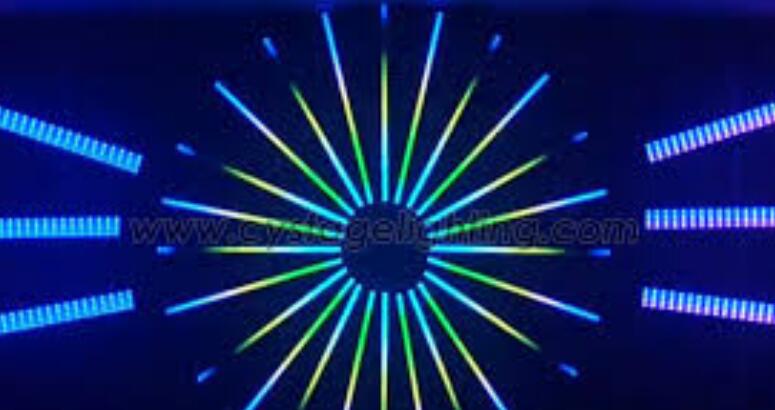Release time:Mar 22,2024View:21810
LED (Light Emitting Diode) pixels are the fundamental units of LED displays, commonly found in electronic billboards, large screens in stadiums, and even in smaller applications like LED strips and signage. The operation of an LED pixel is relatively simple but involves some key concepts of semiconductor physics. Here's how it generally works:

Semiconductor Material: LED pixels are made using semiconductor materials, typically gallium arsenide (GaAs), gallium phosphide (GaP), or gallium nitride (GaN). These materials are chosen because they exhibit the property of electroluminescence, which means they emit light when an electric current is passed through them.
P-N Junction: An LED pixel consists of a semiconductor chip, usually a tiny wafer, with two regions doped with different types of impurities to create a P-N junction. The P region has an excess of positively charged "holes" (missing electrons), while the N region has an excess of negatively charged electrons.
Energy Band Gap: When a voltage is applied across the P-N junction, electrons from the N region are pushed across the junction into the P region. As they move, they recombine with holes in the P region. During this process, energy is released in the form of photons (light). The color of the light emitted depends on the energy band gap of the semiconductor material.
Construction: In an LED pixel, the semiconductor chip is typically housed in a reflective cup-like structure, with contacts on the bottom for electrical connection. This assembly is often encapsulated in a transparent or translucent material to protect the semiconductor and to shape and direct the emitted light.
Control Circuitry: In LED displays, LED pixels are arranged in a grid pattern, with each pixel individually controllable. Control circuitry, often integrated into the display driver electronics, sends electrical signals to each pixel to control its brightness and color.
Color Mixing: In full-color LED displays, each pixel typically contains multiple LED chips, each emitting a different primary color (red, green, or blue). By varying the intensity of each color component, a wide range of colors can be achieved through additive color mixing.
Overall, LED pixels offer several advantages over traditional display technologies, including high brightness, low power consumption, long lifespan, and fast response times. These properties make them popular choices for a wide range of applications where vibrant and energy-efficient displays are needed.
Shenzhen, China 518103

